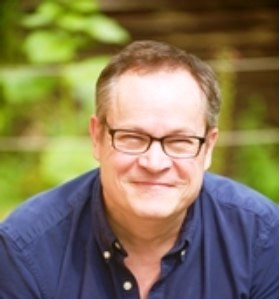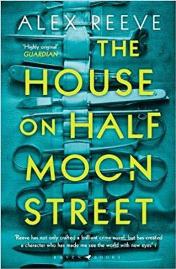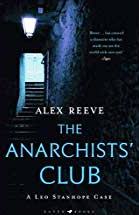“I love doing research. It's like cheating, but with permission.” Greg Rucka

Perhaps it takes a peculiar
kind of mind to take joy in reading London bus timetables from the 1880s or
discovering the exact sequence of livor mortis in a corpse. But to me, research
is one of the most satisfying aspects of writing a crime novel.
Who cares, you may ask, what
colour Westminster Bridge was painted in 1880? It’s green now, so readers would
probably accept that it was green then, and the colour isn’t intrinsic to the
plot anyway. Except, it wasn’t green then, it was grey, and I have to get it
right for the same reason I have to find out where the staff entrance of the
hospital was or exactly when Little Pulteney Street was renamed. Because if I
don’t, the story will feel inauthentic to me. I have to believe it so readers
will too.
I suppose you either love
research or you don’t. Historical crime writers are particular suckers for
punishment, but any crime novelist will have to do at least some research. Writers of contemporary
crime have the added disadvantage of tens of thousands of police officers, lawyers and forensic
scientists able (and often willing) to tell them that they got a tiny detail
wrong.
Research can lead to the most
delightful discoveries in the most unexpected ways. In an early draft of The House on Half Moon Street, I wrote
about a holiday that my character, Leo Stanhope, took as a child in Brighton,
when he got sand between his toes and fell asleep to the sound of the band by
the pier. Except, as my editor pointed out, Brighton isn’t a sandy beach. I
felt like an idiot, and realised I had a difficult choice: to do the easy thing
and change the line about sand or find another beach. So, of course, I spent several
hours researching holiday resorts frequented by Victorian Londoners, hoping for
one with a sandy beach, a pier and a bandstand. To my huge relief, I found
Margate. The town also had (and still has) a rather delightful cavern encrusted
with seashells, which I mention in the novel, so there was some reward for all that
effort.
Some of my most interesting
research was reading about the many examples of transgender people in the
Victorian era. Contemporaneous newspapers are especially useful, not just for
the facts but also for the attitudes and tone of voice of the journalists. Of
course, I also spoke to modern transgender people for a first-hand view, and they
were kind enough to give me a lot of support and encouragement.
One question I’m commonly asked
by readers is: What if something has to happen for the plot, but it’s
contradicted by the actual history? Well, in that case, I take the dog for a
long walk and then come home and drink a gallon or two of tea, and eventually
set to work. First, I check absolutely everything about the research in every
possible source – my standard is only that something could happen, not that it necessarily did happen. After that, if the research still won’t cooperate, I
try to shape the plot around the problem. For example, in the second book in
the Leo Stanhope series, which is titled The
Anarchists’ Club (out May 2019 in the UK), there’s a certain layout of a
street which I needed for the story. The maps of 1881 match my needs almost
perfectly, but for one small strip of grass. That little patch of green,
long-since built over, which no-one will ever recognise or care about, caused
me hours of work. Eventually, I found a more detailed map of the area and realised
I could make the scene work by incorporating a disused timber-yard. It gave me
great satisfaction to find a solution that complemented the real history.
I
liken the writing process to creating a tapestry, where each thread is a little
bit of truth, and my job is to weave them together to make something new. So,
spare a thought, as your eyes skim over a description of a building or the name
on a gravestone, for the author, who probably spent a morning walking round it,
shuffling through old photographs and interrogating an archivist before writing
that sentence.
Out
now: The House on Half Moon Street published by Raven Books, 27 Dec 2018.


